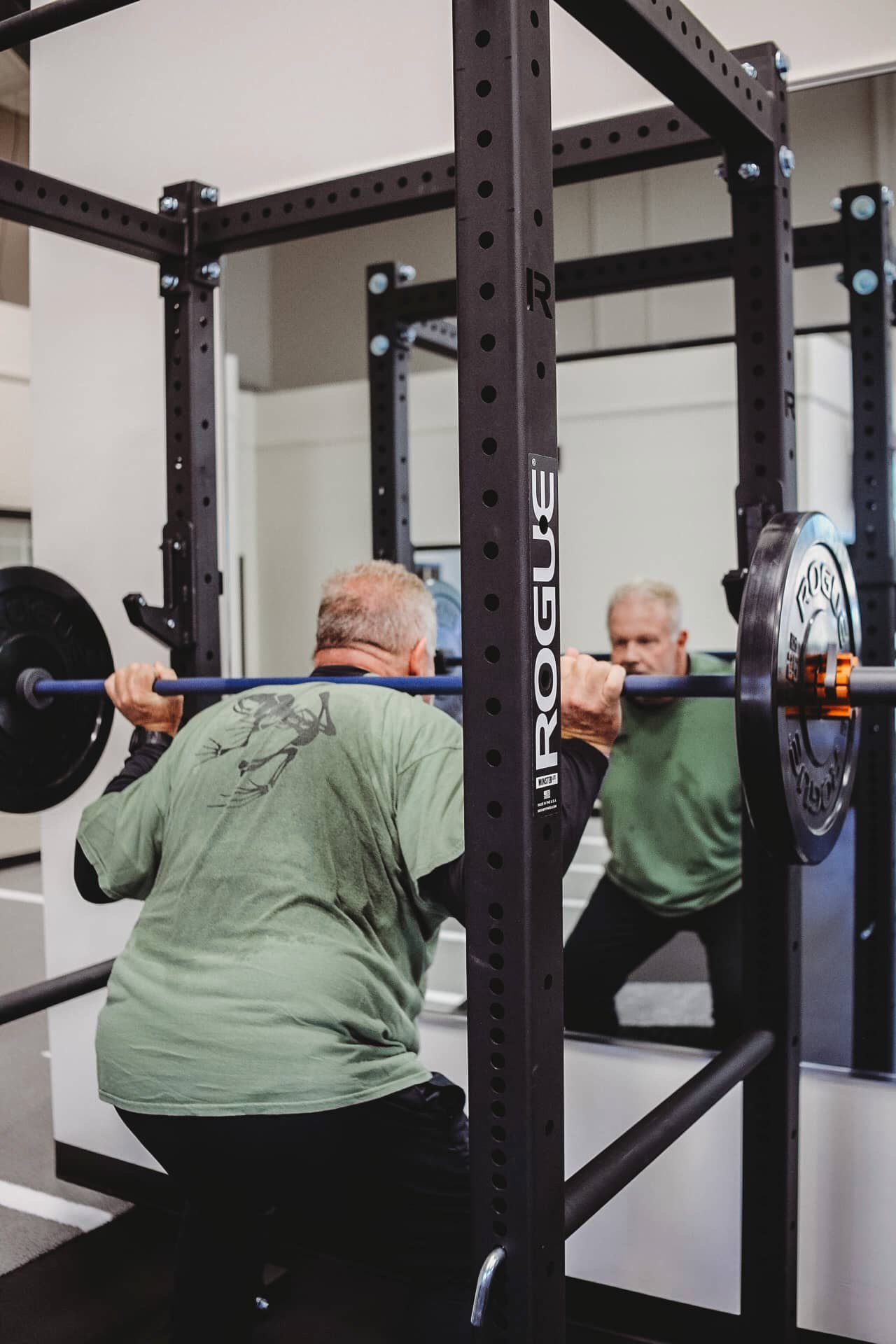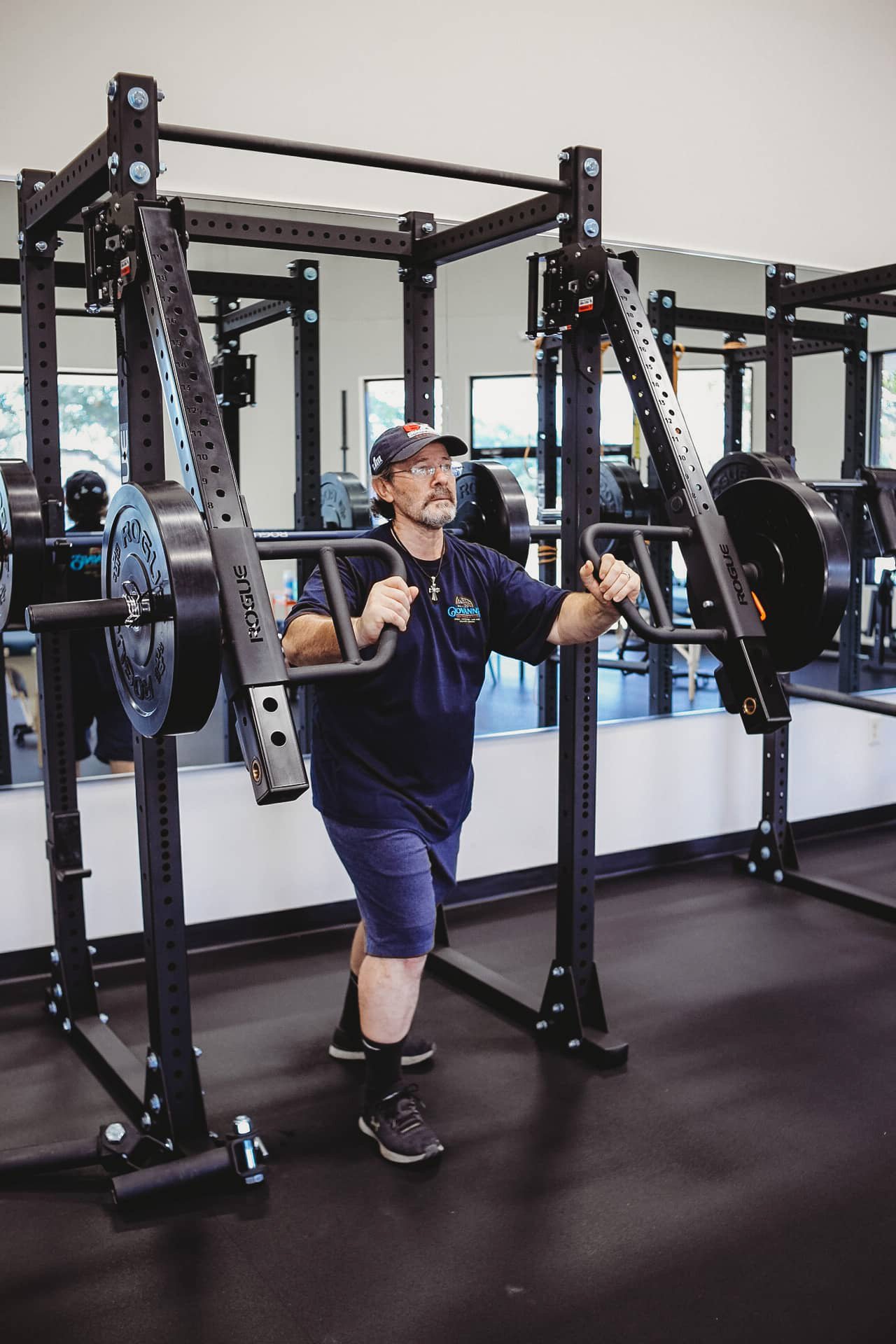Strength Training for Older Adults: Defying Aging with Every Rep
Age is Just a Number: Unlocking the Power of Strength Training
Welcome to our guide on strength training for older adults! Aging is a natural part of life, and with it comes changes in our bodies, including decreases in muscle mass, bone density, and overall strength. However, the idea that these declines are inevitable or irreversible is simply a myth. In fact, engaging in regular strength training exercises can be a game-changer for older adults, offering numerous physical and mental health benefits that can significantly enhance quality of life. Whether you're a senior looking to maintain independence and vitality, or a caregiver seeking ways to support your loved one's well-being, this article will shed light on why strength training should be a cornerstone of healthy aging.
Understanding the Importance of Strength Training
Before diving into the specifics of strength training exercises for older adults, it's essential to grasp why this form of exercise is particularly beneficial. Many people associate strength training with bulging muscles and heavy weights, but its advantages extend far beyond aesthetics. As we age, the risk of conditions like osteoporosis, arthritis, and frailty increases, making it crucial to maintain strong muscles and bones. According to research published in the Journal of Aging and Physical Activity, strength training significantly improves muscle strength and function in older adults, reducing the risk of falls and enhancing overall mobility. Additionally, a study conducted by the American College of Sports Medicine found that strength training can increase bone mineral density, reducing the risk of fractures and osteoporosis.
Addressing Common Concerns and Misconceptions
Despite the overwhelming evidence supporting the benefits of strength training for older adults, it's understandable that some may hesitate to incorporate it into their routine. Common concerns and misconceptions often revolve around fears of injury, lack of experience, or the belief that it's too late to start. However, it's crucial to debunk these myths and reassure individuals that strength training can be safe and accessible for everyone, regardless of age or fitness level. According to a study published in the Journal of Geriatric Physical Therapy, older adults who engaged in supervised strength training programs experienced significant improvements in functional performance and quality of life, with a reduced risk of injury compared to unsupervised training.
Incorporating Strength Training into Daily Life
Embarking on a strength training journey can feel daunting, especially for those who are new to exercise or have specific health concerns. That's where partnering with a physical therapist can make all the difference. A qualified physical therapist can assess your current level of fitness, address any underlying issues or limitations, and design a personalized strength training program tailored to your needs and goals. By starting your strength training journey under the guidance of a professional, you'll not only learn proper techniques to minimize the risk of injury but also receive ongoing support and accountability to stay on track. Your physical therapist will work with you to establish realistic goals, track your progress, and make adjustments as needed to ensure steady improvement. Additionally, they'll provide you with a home exercise program that complements your in-clinic sessions, empowering you to continue training safely and effectively throughout the week. With the expertise and guidance of a physical therapist by your side, you'll be well-equipped to embrace the transformative benefits of strength training and enhance your quality of life.
The Multi-Faceted Benefits of Strength Training:
Beyond the obvious physical improvements, engaging in regular strength training offers a multitude of benefits that extend far beyond the gym. Not only does it enhance muscle strength and bone density, but it also promotes better posture, flexibility, and joint health, reducing the risk of falls and injuries. Furthermore, strength training has been shown to boost metabolism, aiding in weight management and reducing the risk of chronic conditions such as diabetes and heart disease. According to a meta-analysis published in the British Journal of Sports Medicine, strength training is associated with a 23% reduction in all-cause mortality and a 31% reduction in cancer mortality among older adults. Beyond the physical benefits, strength training also has a profound impact on mental well-being, with studies linking it to improved mood, cognitive function, and overall quality of life. Whether it's the sense of accomplishment that comes with reaching new fitness milestones or the camaraderie fostered by group exercise classes, strength training has the power to uplift and energize both body and mind. By prioritizing strength training as part of your routine, you're not just investing in your physical health—you're investing in a happier, more vibrant future.
Take the First Step Towards a Stronger Future:
As we conclude our exploration of strength training for older adults, I urge you to take the first step towards a stronger, healthier future. Whether you're a seasoned gym-goer or new to the world of exercise, there's never been a better time to prioritize your strength and well-being. Reach out to a qualified physical therapist or fitness professional to guide you on your journey, and remember that progress is made one step at a time. Embrace the challenge, celebrate your victories, and know that every effort you invest in your strength today will pay dividends in the years to come. Together, let's defy the myths of aging and unlock the limitless potential that comes with a strong body and resilient spirit. Your future self will thank you for it.




